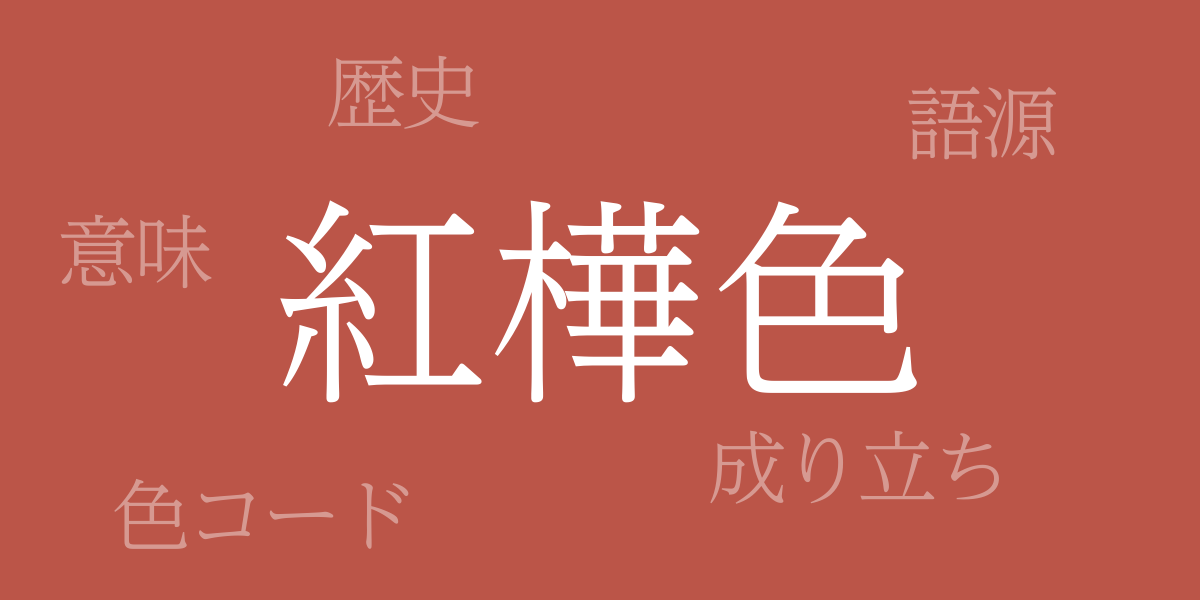Color is a powerful mirror reflecting culture, and in Japan, this is no exception. “Benikabairo” (紅樺色 – べにかばいろ), with its depth and serenity, is a traditional Japanese color that continues to captivate many. This article explores the allure of Benikabairo, delving into its background and how this color has been used and loved up to the present day.
About Benikabairo (紅樺色 – べにかばいろ)
Benikabairo (紅樺色 – べにかばいろ) is a warm brown with a reddish tinge, reminiscent of the color of birch trees. It evokes the richness of Japan’s autumn and offers both a tranquil and passionate impression. Used in clothing, everyday items, and traditional crafts, Benikabairo is deeply rooted in the Japanese lifestyle.
The History of Benikabairo
The use of Benikabairo dates back to the Heian period, favored among the nobility, particularly in dyeing kimonos, symbolizing high status. Over the centuries, it became popular among samurai and townsfolk, making its way into various aspects of daily life and becoming a symbol of Japanese color culture through different eras.
Color Code of Benikabairo
To replicate Benikabairo in digital designs and web productions, accurate color codes are essential:
- HEX: #BB5548
- RGB: R:187 G:85 B:72
- CMYK: C:33 M:79 Y:72 K:0
Western Name for Benikabairo
The Western name for Benikabairo is “Copper Red.” This name is derived from its copper-like reddish hue, recognized in the West for its beauty and warmth. In the realms of interior design and fashion, “Copper Red” is esteemed for providing an elegant and sophisticated impression.
Conclusion on Benikabairo
With its rich history and beauty, Benikabairo remains beloved as a traditional Japanese color. Its legacy, stretching back to the Heian period, narrates the depth and finesse of Japanese culture, retaining its value in modern design and art. By utilizing color codes for digital reproduction, the charm of Benikabairo can be shared worldwide, allowing the warmth and tradition of Japan to be experienced in everyday life.

























